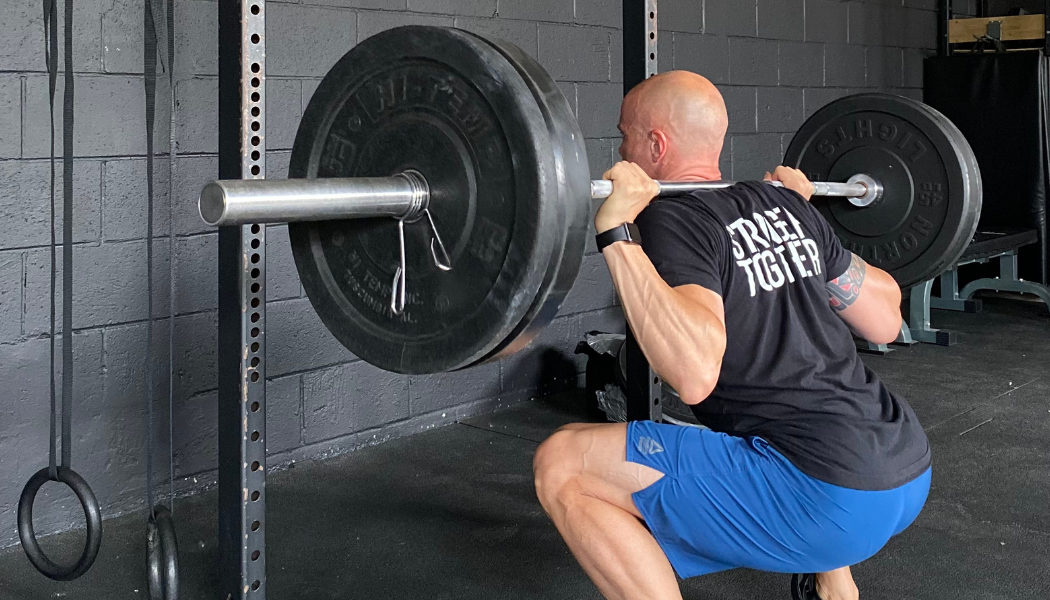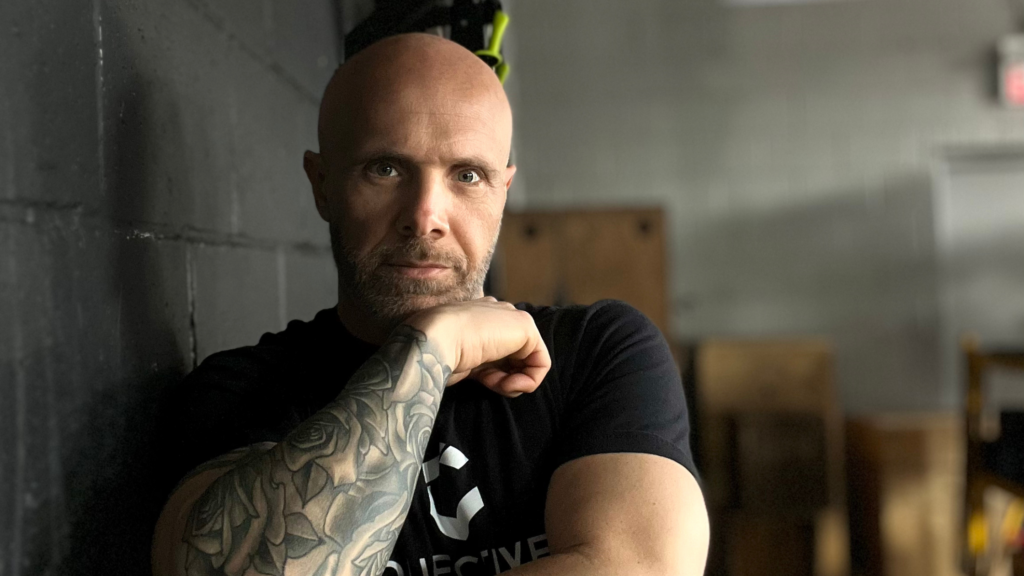Experimenting with Dietary Adjustments: A Personal Journey
As summer came to an end, following several weeks of indulgence, I decided to modify my regular eating habits to see how my body would respond to some changes. To provide some context, weight loss was not my goal. I typically maintain a steady weight of around 160 pounds throughout the year with minimal fluctuations. My body fat percentage also remains constant, usually around 7-8%, which I find easy to maintain. This stability is likely a result of focusing on nutrition daily and adhering to a consistent routine, even if I occasionally deviate. This approach has been a part of my life for over 30 years, proving that it’s possible to enjoy life while maintaining a balanced lifestyle.
My Starting Point
Normally, my diet consists of about 200 grams of carbohydrates per day, primarily from sweet potatoes, white rice, fruits, and vegetables. I consume approximately 100 grams of healthy fats daily (from sources like olive oil, grass-fed butter, and MCT oil) and maintain a protein intake of about 160 grams (from grass-fed beef, fish, eggs, and whey protein). This typically amounts to around 2,300 calories per day, depending on my workout demands.
What Did I Change?
For this experiment, I reduced my carbohydrate intake significantly. The only carbs I consumed were from a small portion of blueberries post-workout and the vegetables I ate—no tubers or rice. This brought my daily carb intake to approximately 50-60 grams. I kept my protein intake consistent, while increasing my fat intake to around 150 grams per day, resulting in a total daily calorie intake of roughly 2,190-2,240 calories. Over the course of the month, I made slight adjustments, with some days reaching up to 2,400 calories due to increased fat consumption. I also limited alcohol to 1-2 drinks on two or three occasions, except for one day when I indulged a bit more.
My Experience
During the first few days, I experienced mild headaches, which is unusual for me. However, these were quickly resolved by increasing my fluid and salt intake. My general mood and energy levels remained stable, and I did not notice any negative impact on my workouts. This was likely due to the use of stored energy or fat as fuel. To clarify, I was not aiming for a ketogenic diet ; rather, I was simply experimenting with macronutrient ratios without measuring ketone levels.
In terms of body composition, I did lose a few pounds initially, which was expected but not my objective. I quickly corrected this with calorie adjustments. My body fat percentage dropped to around 6%, which I find to be too low for my preference.
Key Takeaways
The most notable benefit I experienced was that I never felt excessively hungry and didn’t suffer from energy crashes. I believe this is due to the low carbohydrate and high-fat intake, as fats tend to be more satiating. Another significant benefit was the reduction in inflammation. I have a rotator cuff tear that often becomes inflamed, causing discomfort. This inflammation decreased dramatically during the experiment, and I felt much better overall.
Throughout the month, I maintained my usual workout routine of 5-6 sessions per week without any issues.
Conclusion
Overall, the adjustments I made to my diet yielded positive results. While I experienced some minor weight loss, the primary benefits were enhanced satiety, reduced inflammation, and sustained energy levels. This experiment has reinforced the importance of tailoring my nutrition to my body’s needs and maintaining flexibility in my approach. Now, with “Sober October” on the horizon, I look forward to exploring the effects of an alcohol-free month combined with my new dietary regimen.
To work with me on your health and nutrition journey, click HERE to schedule a call!
The post Experimenting with Dietary Adjustments: A Personal Journey appeared first on CollectiveFit.
More Posts






